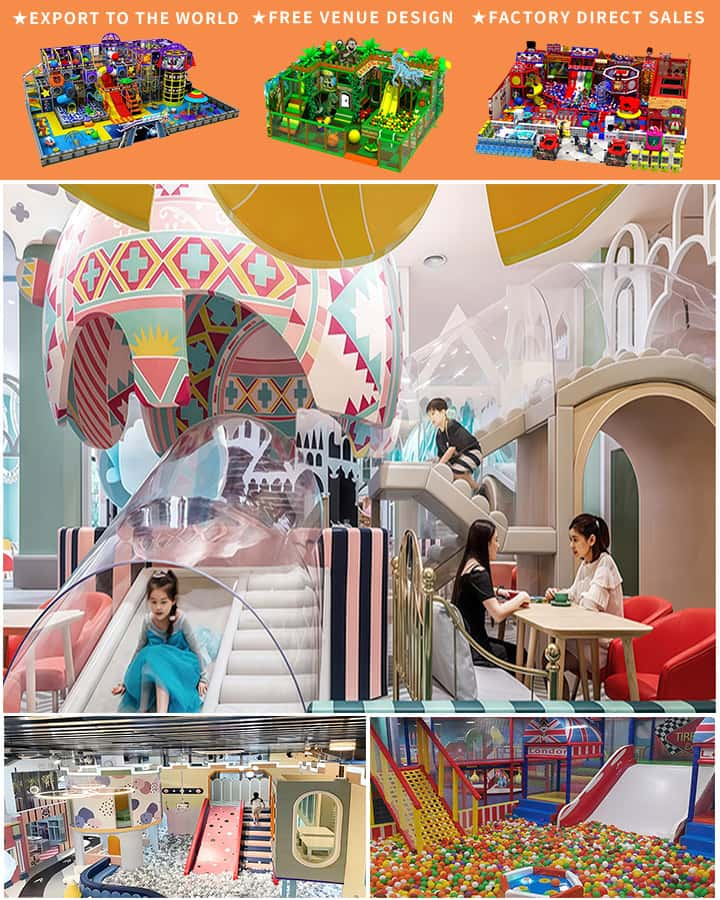Kids sports playgrounds are more than just areas for physical activity; they are spaces where children can learn, grow, and have fun in a safe environment. As our understanding of childhood development deepens, the importance of designing engaging and inclusive sports playgrounds becomes increasingly apparent. This article explores the essential components of an effective kids’ sports playground and offers tips on how to create one that caters to diverse needs and interests.
Importance of Sports Playgrounds
Sports playgrounds provide numerous benefits for children, ranging from physical fitness to social and emotional development. They offer a platform for kids to engage in physical activities, which can help combat sedentary lifestyles and promote overall well-being. Moreover, these playgrounds foster teamwork, cooperation, and friendly competition, teaching valuable life skills such as resilience and leadership.
Key Components of a Successful Kids’ Sports Playground
Safety First Safety is paramount when designing a sports playground. Ensure that equipment meets safety standards, surfaces are shock-absorbent, and there are no sharp edges or hazardous materials. Regular inspections and maintenance are crucial to keep the playground safe for all users.
Diverse Equipment A well-designed sports playground should cater to various age groups and abilities. Incorporate equipment like mini soccer fields, basketball hoops, climbing walls, and obstacle courses. This variety allows children to explore different sports and find what they enjoy most.

Inclusive Design Inclusive playgrounds are designed to be accessible to all children, regardless of their physical abilities. Features like wheelchair-accessible ramps, sensory play elements, and adaptive swings ensure that every child can participate and have fun.
Educational Opportunities Integrate learning opportunities into the playground design. Interactive elements like educational signs, historical timelines, and nature trails can turn playtime into a learning adventure. For instance, a baseball diamond can include information about famous players and significant moments in the sport’s history.
Nature Integration Incorporating natural elements such as trees, plants, and water features can enhance the aesthetic appeal and educational value of a sports playground. Natural surroundings encourage exploration and provide a peaceful backdrop for physical activities.
Community Engagement Engage the community in the planning and maintenance of the playground. Host events, workshops, and tournaments to foster a sense of ownership and encourage families to participate in their children’s play experiences.
Tips for Creating an Engaging Kids’ Sports Playground
Consult with Experts Work with landscape architects, urban planners, and child development experts to design a playground that is both functional and appealing. Their expertise can help ensure that the playground meets safety standards and provides a positive experience for all users.
Gather Community Input Conduct surveys, hold public meetings, and seek input from local families to understand their needs and preferences. Community involvement ensures that the playground reflects the interests of those who will use it most.
Budget Wisely Allocate resources effectively to balance high-quality equipment with cost-efficiency. Look for grants, sponsorships, and partnerships to fund the project without compromising on safety or quality.
Focus on Sustainability Use eco-friendly materials and sustainable practices in construction and maintenance. Solar-powered lighting, recycled rubber mats, and native landscaping contribute to a greener and more sustainable playground.
Regular Maintenance Keep the playground in top condition with regular cleaning, repairs, and upgrades. A well-maintained playground not only looks better but also ensures the safety and enjoyment of its users.
Conclusion
Creating an engaging kids’ sports playground requires thoughtful planning, community involvement, and a focus on safety, inclusivity, and sustainability. By incorporating diverse equipment, educational opportunities, and natural elements, we can create spaces that inspire physical activity, learning, and social interaction. Remember, a sports playground is more than just a place to play—it’s a vital component of a child’s development and a cornerstone of a healthy community.




